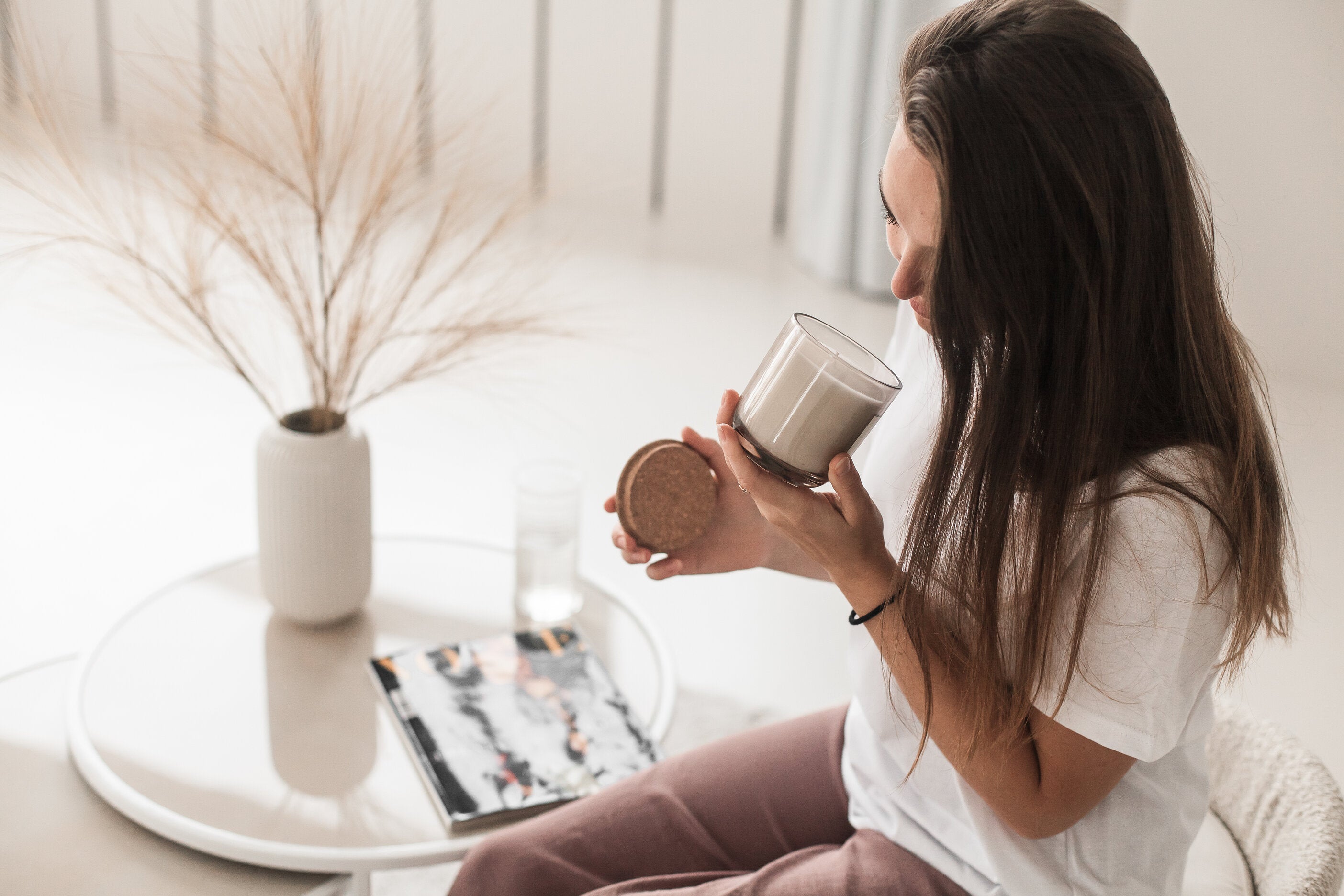When it comes to candles, size isn’t just about aesthetics or how long it lasts—it also affects scent throw, room coverage, and how well the fragrance performs. If you’ve ever wondered whether you should go for a 100g candle or upgrade to a 200g version (or if you’re crafting your own), this guide breaks down what really matters and how to make the most of your candle’s scent potential.
The Basics: What’s the Difference Between 100g and 200g Candles?
Aside from the obvious difference in wax weight, here’s what that really means:

Candle Location Matters
Even the best-scented candle can feel weak if placed in the wrong spot. Here are some tips:
- Avoid drafty areas – Open windows or aircon vents can carry the scent away before it lingers.
- Small candles in small rooms – A 100g candle might not fill your entire living room, but it’s perfect for a cozy bathroom, walk-in closet, or nightstand.
- Use height to your advantage – Placing candles on a shelf rather than the floor can help disperse the scent at nose level.
Want Strong Scent? It Starts with the Right Choices
If you’re making your own candles, the magic happens long before the first light. Here’s how to boost scent throw from the start:
1. Choose the Right Fragrance Oil
Not all oils are created equal. Some are naturally stronger and more suited to hot throw (the scent released when the candle is burning). Look for:
- High-quality fragrance oils
- Oils specifically designed for candle-making (not just essential oils)
- Scents known for strong performance like vanilla, sandalwood, lavender, citrus, or spices
2. Use the Right Wax
Soy wax, paraffin, coconut blends—each wax holds scent differently. A few quick tips:
- Soy wax gives a clean burn but can have a subtler scent throw.
- Coconut wax blends tend to hold fragrance better and give a stronger throw.
- Paraffin often gives the best throw but may not appeal to natural-focused crafters.
3. Measure Your Fragrance Load Properly
Don’t just eyeball it. Most candle makers use 6–10% fragrance oil by weight of wax. Too little, and your candle will barely smell. Too much, and you risk poor burn performance or separation.
4. Temperature Is Key
Add your fragrance at the right wax temperature (usually 65–70°C for soy wax). Adding it too early or too late can weaken the scent.
5. Cure Time
Let your candle sit for 1–2 weeks before lighting. This allows the fragrance to bind properly to the wax, giving you a stronger hot throw when burned.
A bigger candle doesn’t just last longer—it fills your space better, especially if you’re working with larger rooms. But with the right ingredients and method, even a 100g candle can pack a fragrant punch. Whether you're lighting one for ambiance or crafting your own at home, knowing these scent secrets can help you make the most of every burn.
Wick Care = Better Burn Time + Stronger Scent
Taking care of your candle’s wick can significantly improve scent performance and maximise the lifespan of both 100g and 200g candles.
1. Trim the Wick Before Each Burn
Before lighting your candle, trim the wick to about 5mm. This helps:
- Prevent smoking and soot
- Maintain a steady flame
- Avoid "mushrooming," which can affect scent throw
2. Burn Long Enough to Form a Full Melt Pool
Each time you light the candle, let it burn until the wax melts evenly across the surface—usually 1–2 hours for a 100g candle, and 2–3 hours for a 200g one. This:
- Prevents tunneling
- Ensures maximum scent dispersion
- Helps use the candle fully and evenly
3. Avoid Overburning
Don’t burn your candle for more than 4 hours at a time. Long burn times can lead to carbon buildup on the wick and reduce scent performance.






